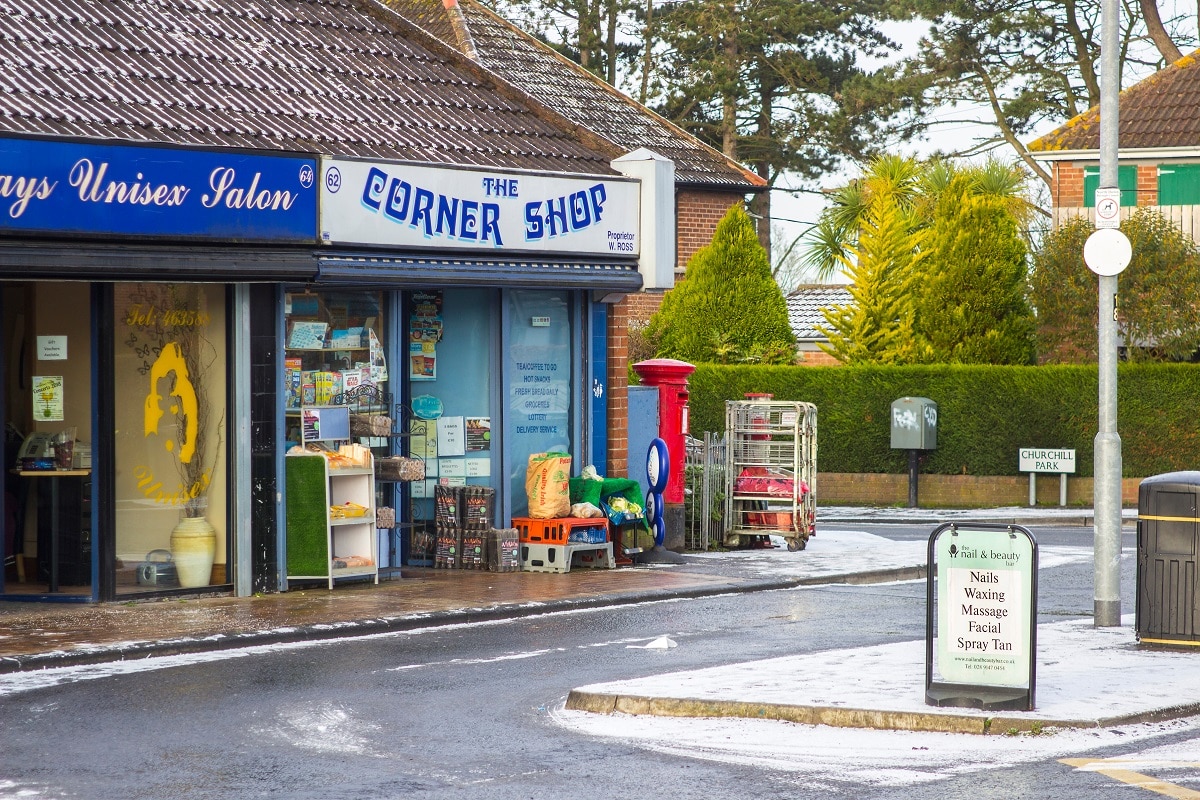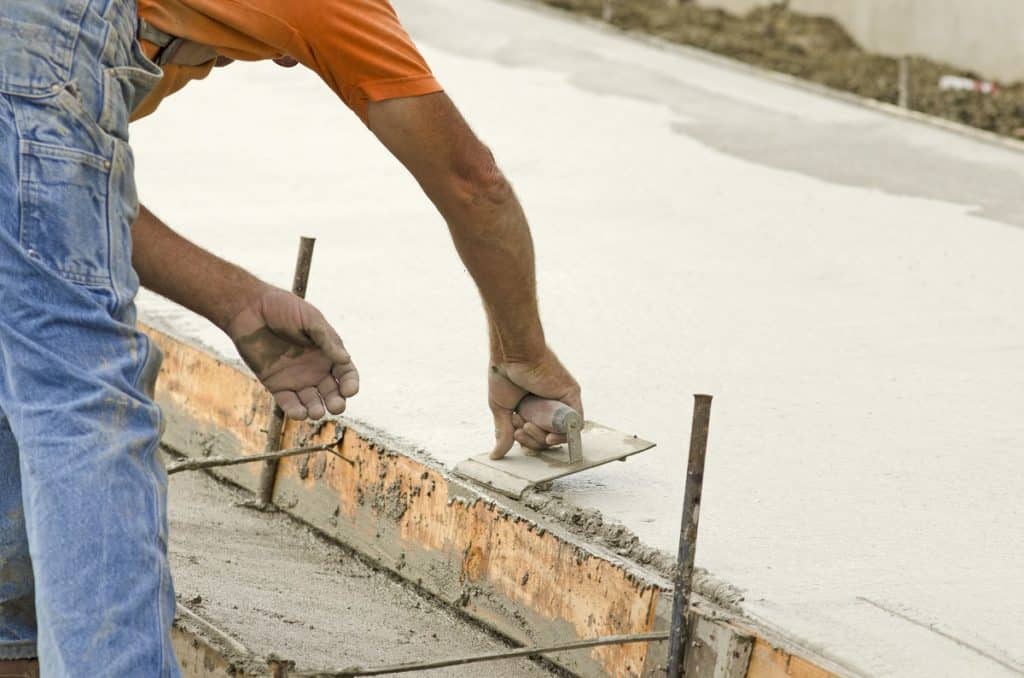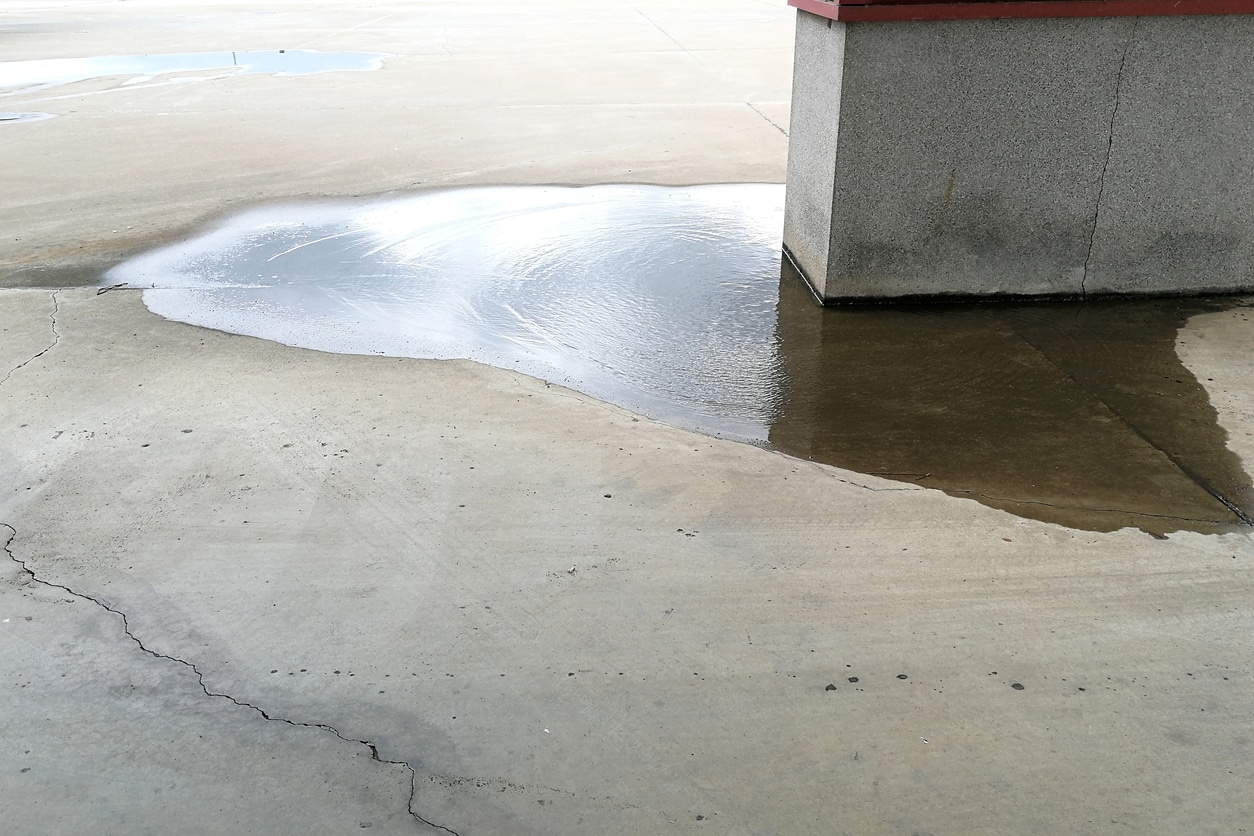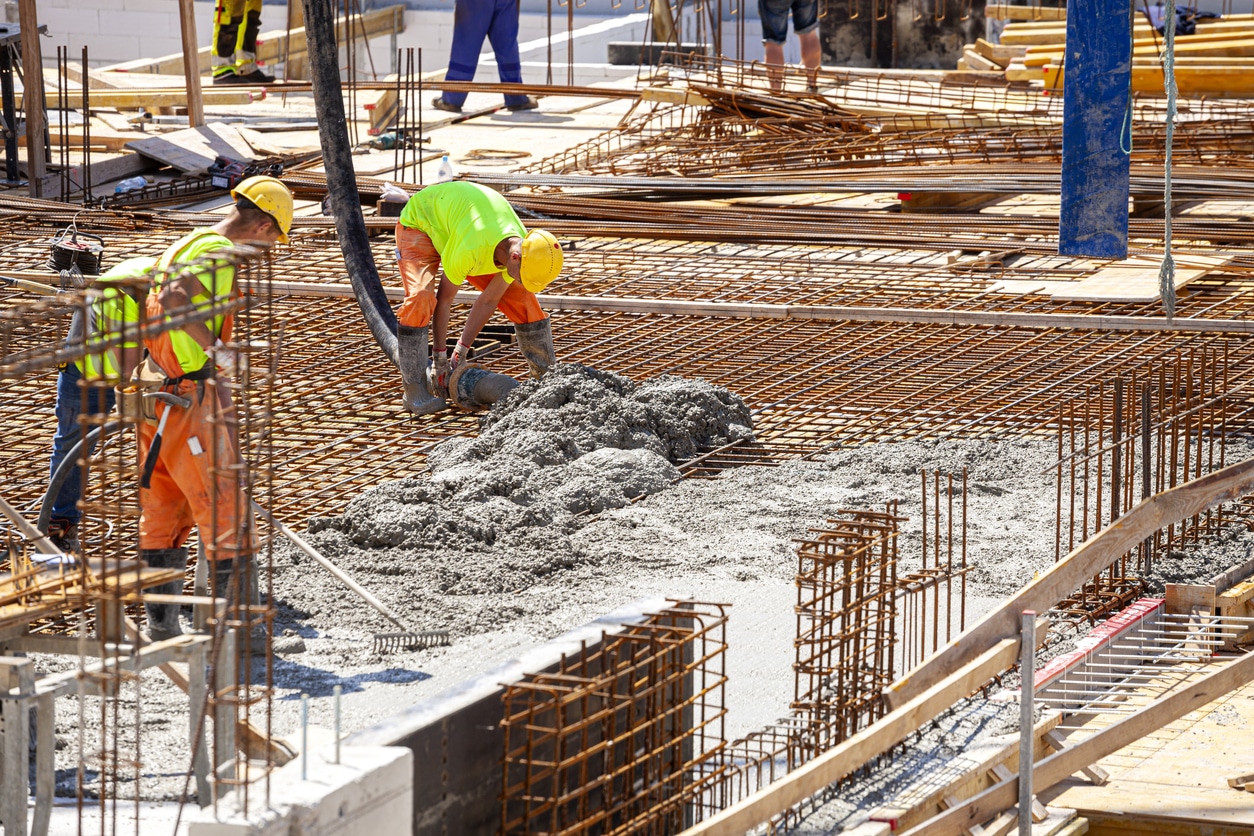Truck parking lots for commercial use must accommodate heavy loads and larger vehicles. Additionally, mixed-use…

Who’s Responsible for Repairing Sidewalks Next to Your Store?
Sidewalks are fundamental public infrastructure. The AARP describes them as “conduits for pedestrian movement and access” that enhance public spaces and promote walking. The organization adds that sidewalks also add to the social and economic vibrancy of a community.
From a more practical perspective, sidewalks give pedestrians safe paths to walk on, especially when they are walking parallel to busy streets and six-lane motorways. They make walking comfortable and easy, especially for people with disabilities. They promote ease of movement for people who depend on wheelchairs and other types of walking aids, giving them the freedom to get around their neighborhoods and downtown areas just like everyone else.
Sidewalks are also beneficial to businesses. They give the public easy and safe access to storefronts, especially for establishments adjacent to busy streets and highways. Sidewalks also help build a sense of community: people are more open to engaging with their surroundings, from the chalkboard signs of restaurants revealing the day’s menu to the store staff offering free tastings or handing out flyers to passersby.
Such an idyllic picture can be disturbed, however, by low-quality paving that turns sidewalks into safety hazards. Sidewalks with concrete pavers are built to last for decades, and once their life expectancy is near their end, defects begin to appear.
Common Defects in Concrete Sidewalks and Curbs
The following are the examples of the common problems in concrete sidewalks that emerge over time:
- Chipped and crumbling surfaces
- Deep cracks right through the middle of a slab or the entire length of a sidewalk
- Missing slabs
- Uneven pavers with jutting corners
- Uneven pavers with sinking slabs
- Exposed joints or steel reinforcements
- Loose slabs
- Loose slabs over uneven ground
These defects develop because of various reasons: natural wear and tear, exposure to freeze-thaw cycles, impact damage, soil erosion (i.e., water that penetrate down to the open-graded base could erode the soil, forming hollow pockets beneath the pavers and making them vulnerable to external impact and heavy weights), errant plant growth (e.g., roots from nearby trees growing sideways near the topsoil and lifting concrete slabs out of position), and mediocre paving, to name a few.
What Happens When Sidewalks Get Damaged?
Suppose you own a business establishment directly fronting a stretch of sidewalk, and you’ve enjoyed its benefits for the better part of five years. You’ve taken advantage of its existence by putting out signage stands, dressing up your storefront with seasonal display stands, or setting up outdoor seating for your dine-in customers.
In the last couple of months, however, you noticed that the concrete pavers are looking worse for wear. The chipped corner on the slab directly before your entryway got bigger without you noticing, and it only caught your attention when a customer almost tripped walking into your store. The hairline cracks on the pavers, which you once thought were charming because they lent a Central European vibe to your facade, has grown bigger and deeper.
Before you know it, the sidewalk has a dilapidated look and becomes hazardous to your customers and pedestrians at large. You now worry that someone will trip in front of your store and get injured and that they will hold your business accountable for neglecting to maintain the sidewalk right in front of it.
But are you really liable for such incidents, and are the maintenance and repair for damaged sidewalks your responsibility?
The Responsibilities of Property Owners
Kansas state law is specific: the owners of properties adjacent to sidewalks are responsible for its maintenance and repairs. This applies to all cities in the state. Whether the fronting property is residential or commercial, the owners are expected to keep the sidewalk in excellent condition. Moreover, property owners must foot the cost of the maintenance, repair, construction, or reconstruction of the sidewalk.
The state allows property owners to initiate sidewalk repairs and construction any time they want. They only have to ensure two things:
- They will cover the cost of maintenance and repairs.
- When constructing or re-constructing sidewalks, they must follow Kansas City’s official sidewalk plans and specifications.
Note that it is possible for property owners to file a request with the city regarding the funding and repairs of sidewalks. The city may grant these requests, but they are not required to do so.
Responsibilities of the City Government
You might be wondering, why isn’t the government responsible for the repair and installation of sidewalks in Kansas? Why are property owners given “special assessments” or taxes for government-initiated sidewalk projects? It’s because adjacent properties are assumed to benefit from any form of public improvement — in this case, the reconstruction of a sidewalk is expected to improve business conditions for adjacent establishments.
Not to say that the state has no responsibility for the maintenance of sidewalks. Here is some information on the responsibilities of the local governing bodies in Kansas:
- The city is responsible for maintenance and construction (and provide the funds for these projects) for defective sidewalks that are adjacent to government-owned properties. Examples of these are offices and buildings for government departments in the city, state, and national levels.
- The city may initiate reconstruction and repairs at any given time. If the city pays for the expense, it can still levy the cost of the work to the property owners. The latter are expected to pay the amount in a maximum of five (5) installments within 30 days.
- In relation to the above, the local government must give property owners five days’ notice. This rule applies in First Class and Second Class cities in Kansas (having a population of more than 15,000 and 2,000-15,000, respectively). In Third Class cities (population of up to 2,000), however, the city may do sidewalk work without notifying adjacent property owners.
- If the cost of a sidewalk improvement project does not exceed $3,000, it will be paid for using the general improvement funds of the city and there will be no levies on the adjacent properties. This, however, only applies in cities of the First Class with populations between 60,000 and 90,000.
- Municipalities may impose taxes in community development districts and use the funds for public infrastructure improvements — including sidewalks.
Unless you are a property owner in a community development district or city of the First Class, you have to assume that you will be responsible for all the arrangements and expenses for sidewalk maintenance and repairs.
On Repairs and Maintenance
So, after you’ve established that the sidewalk in front of your store or establishment is in need of repairs, what should be your next step?
You can make arrangements for sidewalk maintenance and repairs whenever you deem it necessary. Maintenance and repairs are cosmetic updates on the infrastructure, and they do not change the sidewalk’s core design.
Regular repairs and maintenance are ideal because the cost is less than a full-blown construction or reconstruction. These also involve less work, so there should be no significant disruption to your business.
On Constructions and Reconstructions
 Kansas City has plenty of well-developed urban neighborhoods with walkable streets, but there are still a few areas that don’t have sidewalks. There are also some that do have sidewalks, but they are far too damaged and require reconstructions.
Kansas City has plenty of well-developed urban neighborhoods with walkable streets, but there are still a few areas that don’t have sidewalks. There are also some that do have sidewalks, but they are far too damaged and require reconstructions.
Property owners can invest in the construction or reconstruction of a sidewalk to:
- Improve their facades
- Increase the appeal of the street
- Elevate the social and economic activities of the area
Property owners must follow the process below to get the ball rolling on these projects:
Step 1. File a petition with your city.
The petition is not an individual initiative; it must be signed by other property owners in the area, especially those that share the sidewalk together with you. The required number of signatures is 25 for a city of the First Class and ten (10) for cities of the Second and Third Class.
Step 2. Wait for the order.
The city will review the petition and, if it approves, will give the go signal for the construction project. For petitions on old, defective sidewalks, the city will assess its safety and declare it condemned if it fails to meet the state’s quality standards. ;
Step 3. Execute the repairs or construction.
Property owners are given 30 to 60 days to finish the construction or reconstruction of adjacent sidewalks. As the party responsible for these projects, property owners must find sidewalk contractors who can execute the project according to the city’s official plans and specifications for design, materials, construction methods, and so forth.
Spend Your Investment in Sidewalks Wisely
In as much as sidewalks are beneficial to adjacent businesses, defective sidewalks can also be detrimental to business operations. As an owner of a commercial property next to a sidewalk, you must spend your resources wisely.
Treat the maintenance, repairs, and reconstruction costs as investments that need careful thought. That means hiring a contracting company that can build you a sidewalk that will live out its expected lifetime of 80 years.
K&E Flatwork LLC is the contractor for you. Having been in business for over a decade, we have installed concrete pavers and sidewalks all over Kansas State. We dutifully follow city specifications for design and construction, install high-quality concrete slabs, and deliver superior replacement and installation services. Call us at (816) 746-6100 or request a quote via our contact form.



